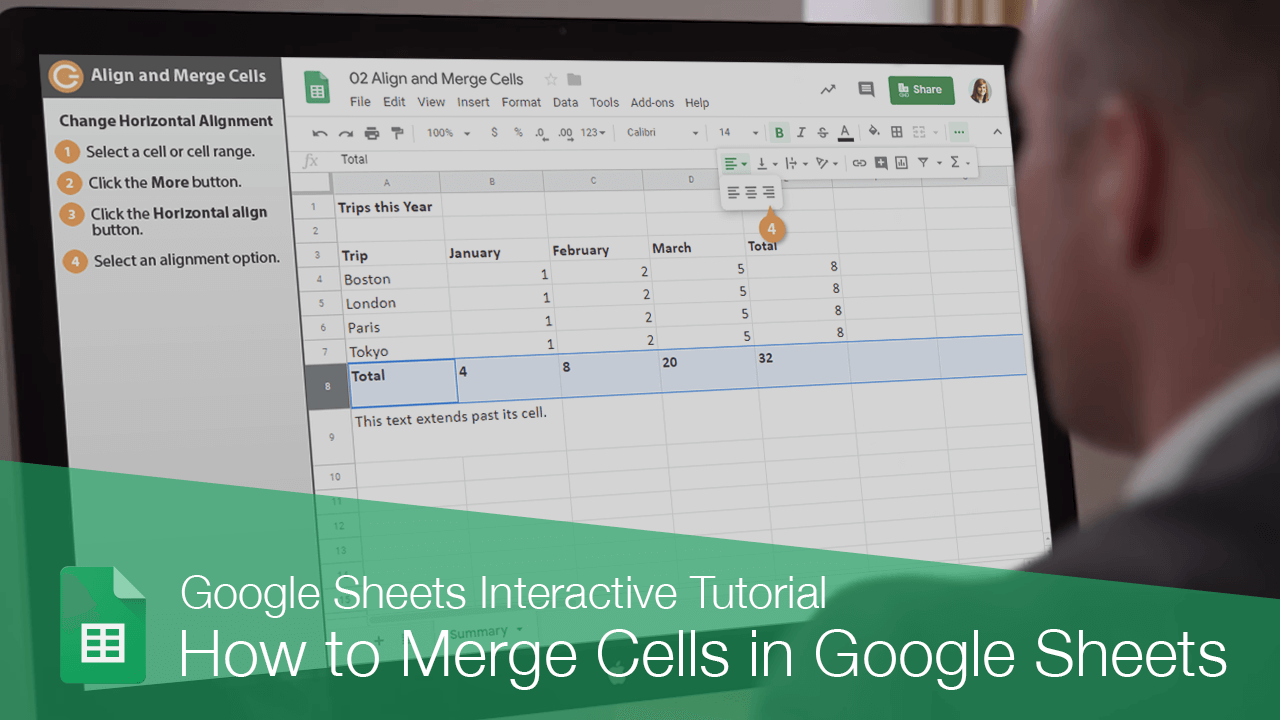


We find Data Merge particularly useful when creating communication tools specific to the service design field like service blueprints, concept cards, and others things that require a lot of complicated data to be presented in a consistent manner.

Data Merge helps us to produce these tools with ease while avoiding tedious and error-prone tasks like text styling and copy-pasting of repeating elements. You can think of the Data Merge function like an automated copy-paste ability on steroids. The process of creating project cards can be a speedy one when using InDesign’s Data Merge feature. Here is an example project card template and its final output after a Data Merge. In this guide, you’ll get an overview of how Data Merge works, learn what common (but non-obvious) bugs to watch out for, and gain some pro tips and additional resources. #Data merge multiple records per page indesign pro# Before you know it, you’ll be known as the Data Whisperer. Additional Resources for Overachievers 1. To begin, you need to have a spreadsheet application that can export to a. csv file (Microsoft Excel, Apple Numbers, and Google Sheets all work) and Adobe InDesign. If you’d like to follow along with our example files, you can download them here. #Data merge multiple records per page indesign download#.#Data merge multiple records per page indesign pro#.


 0 kommentar(er)
0 kommentar(er)
